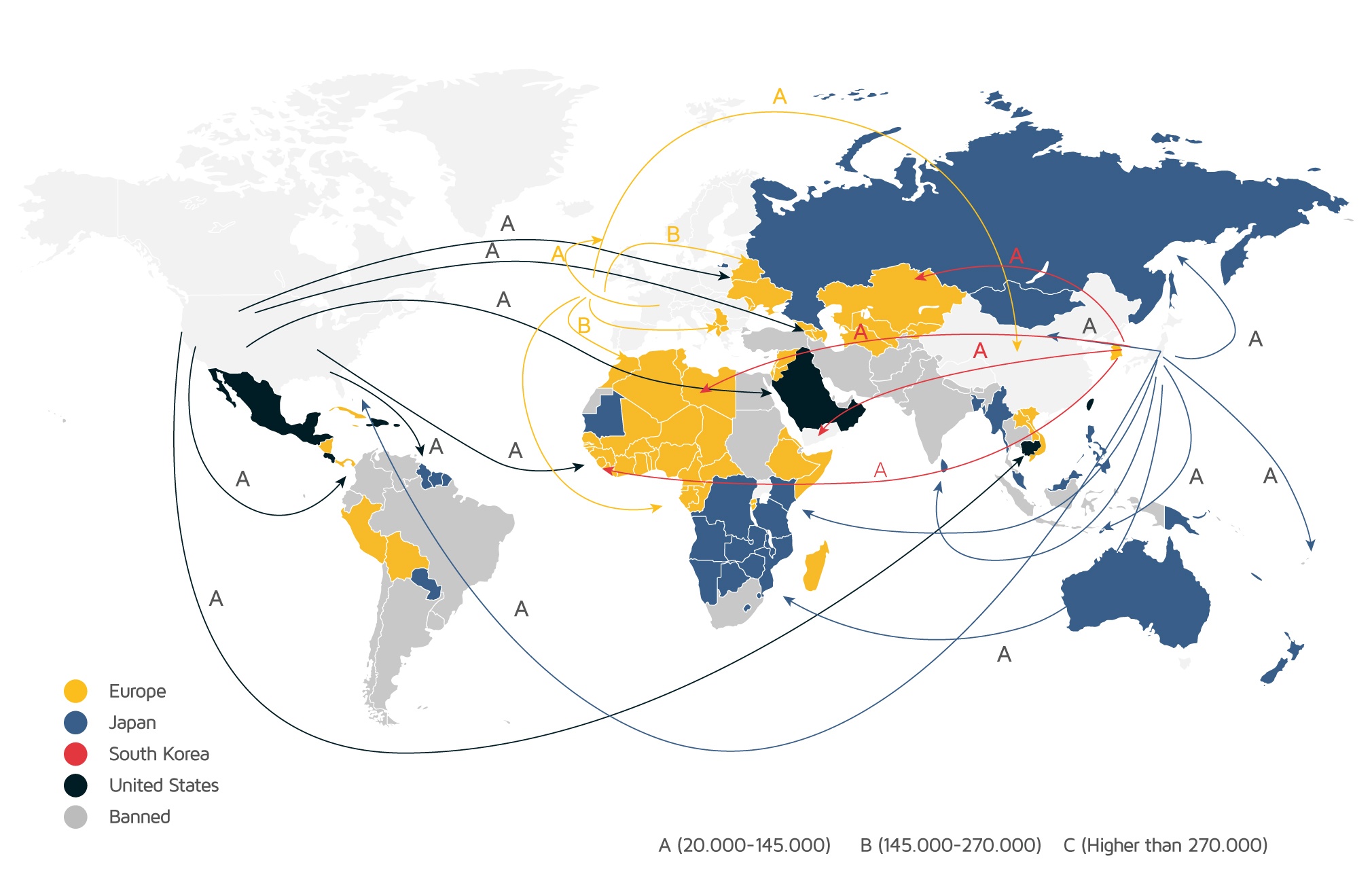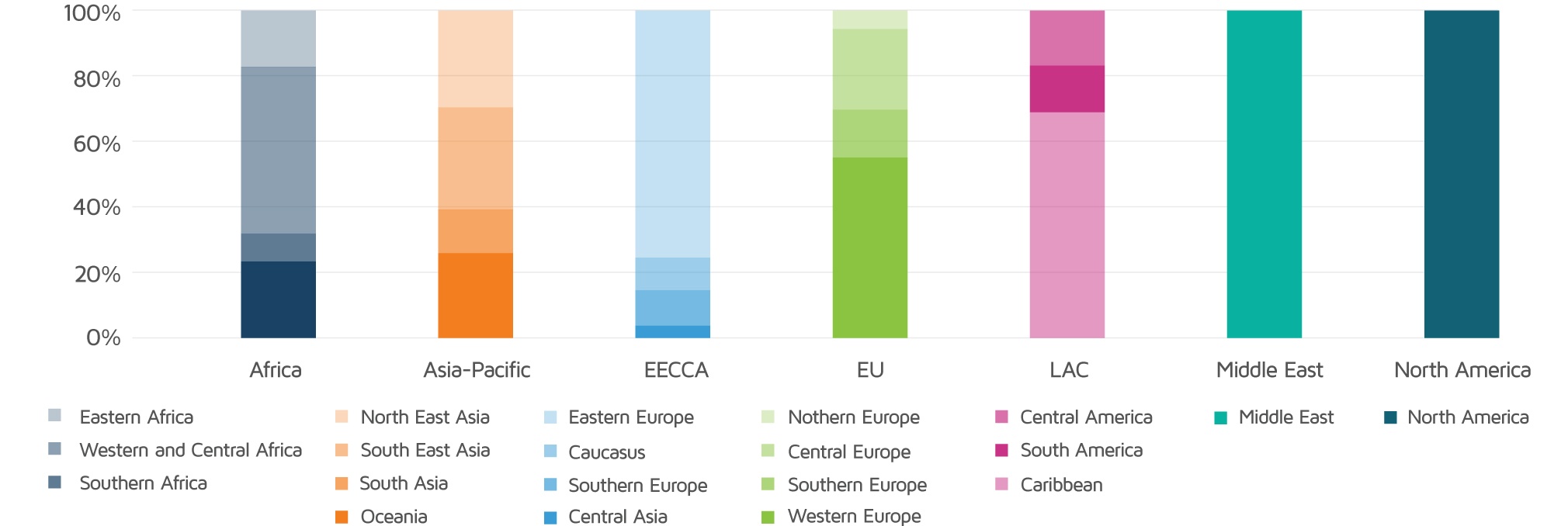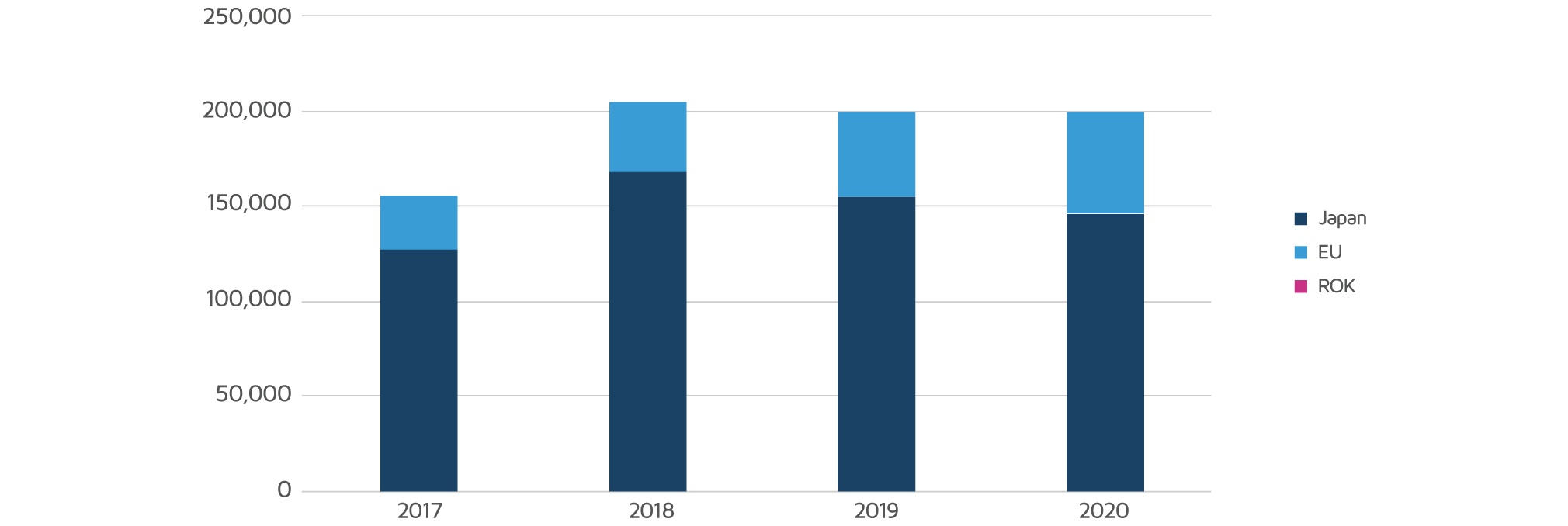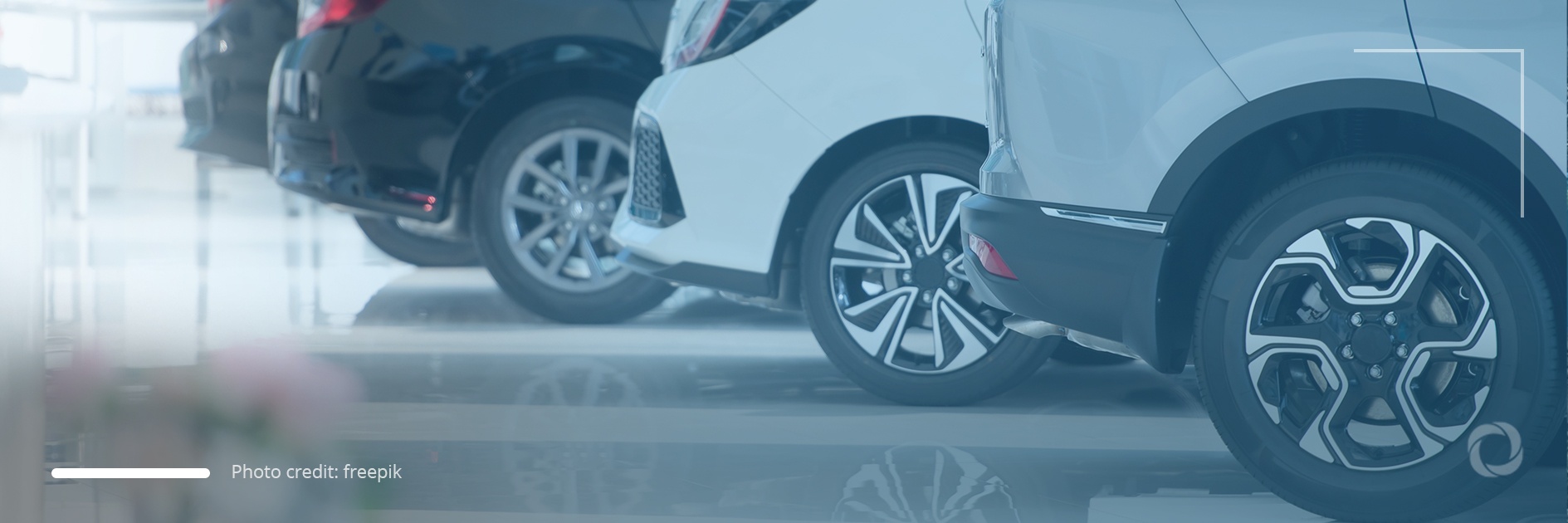Around 4.8 million used light-duty vehicles (LDVs) were exported internationally in 2019, compared to 3.4 million in 2015, according to a report published by the UN Environment Programme (UNEP). The growing number of exports puts at risk the efforts towards climate mitigation, particularly in the host countries, the report warns.
Around 23 million LDVs were exported from the EU, Japan, the USA, and the Republic of Korea to 208 countries across different regions between 2015 and 2020. The millions of poor-quality cars sold in emerging markets threaten health, safety, and the environment. Currently, 10% of total emissions are due to road transport. The head of the sustainable mobility unit for the United Nations Environment Program, Mr. de Jong, noted:
“Global dumping of substandard, ‘dirty’ cars is a huge problem. An increasing number of poor-quality used cars are being shipped from the United States, the European Union, and Japan to countries in Africa, Latin America, and Asia. The trade is largely unregulated. And that is a problem. Many cars don’t meet the safety and environmental standards in host countries.”
Fig.1. Used Light Duty Vehicles Quantity and Flow to Main Destination Markets from the EU, USA, Japan, ROK (2020)

In 2020, Africa imported 900,191 LDVs while Asia-Pacific imported 362,927 LDVs, Eastern Europe, Caucasus, and Central Asia 745,972 LDVs, and Latin America and the Caribbean 285,512. Overall, EU member countries traded 1,302,924 LDVs between each other.
In terms of the policy measures implemented to handle the import of used LDVs, the assessment of data from 146 host countries revealed that in 2021, 66 countries had weak or very weak policy measures and 62 countries had good or very good measures. For comparison, in 2020, 81 countries had weak or very weak policy measures and 47 countries had good or very good measures.
Fig.2. Distribution of Used Light-Duty Vehicle imports by regions and sub-regions from the EU, USA, Japan, and ROK in 2020

It is estimated that one-third of energy-related climate emissions will be derived from transport by 2050. This issue was raised during the latest biggest climate-related summit, COP26. During COP26’s Transport Day, UNEP Executive Director, Inger Andersen, said:
“A world where one billion extra vehicles are added to the global vehicle fleet by 2050 is simply not compatible with a world where we limit the global temperature rise to 1.5 degrees Celsius. Emissions from the transport sector need to fall rapidly. For this to happen we have to make the transition to sustainable, clean, and efficient mobility.”
Switching to zero-emission vehicles could be a possible solution. According to the report titled Used vehicles and the environment – Progress and updates 2021, there is the possibility that the export of electric vehicles will increase over time, assisting host countries to shift to cleaner technologies more quickly. Used hybrid electric vehicles (HEVs), plug-in hybrid electric vehicles (PHEVs), and battery-powered electric vehicles (BEVs) have been gaining popularity. From 2017 to 2020, the EU, Japan, and the Republic of Korea sold 760,139 HEVs, PHEVs and BEVs overall internationally.
Fig.3. Used light duty HEV, PHEV, and BEV traded by the EU, Japan, and ROK between 2017 and 2020


